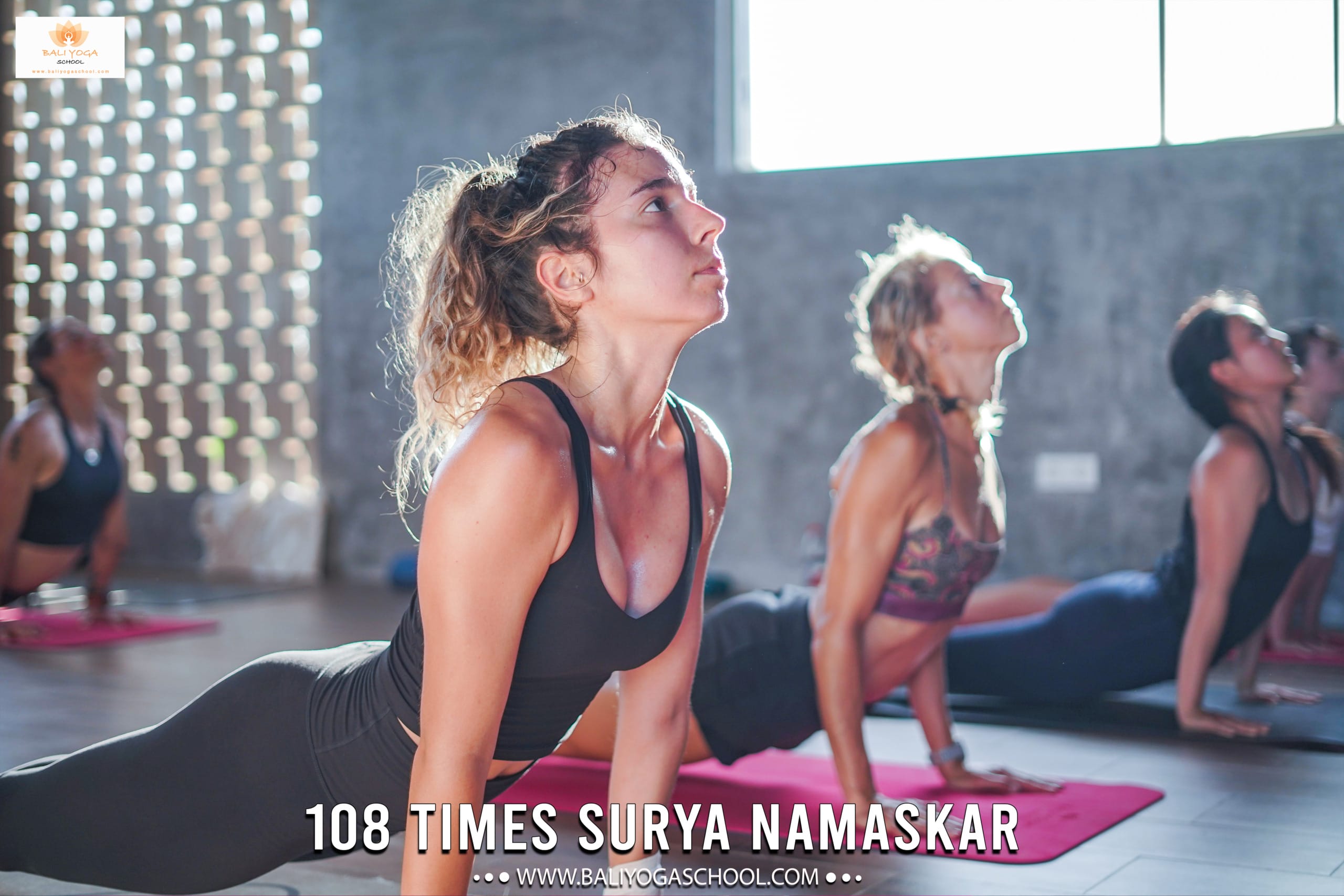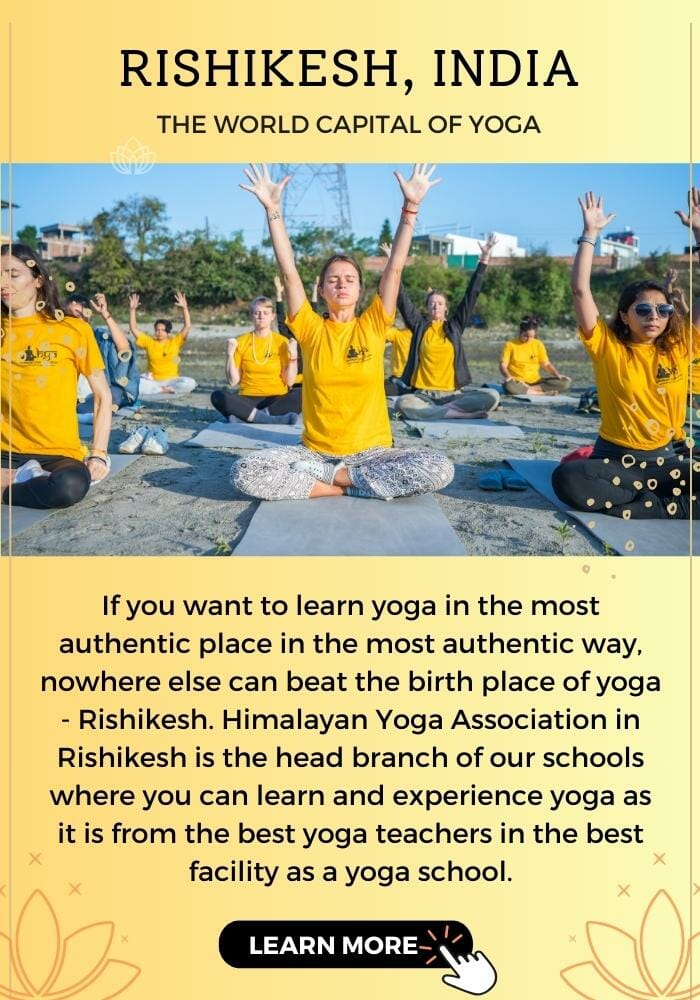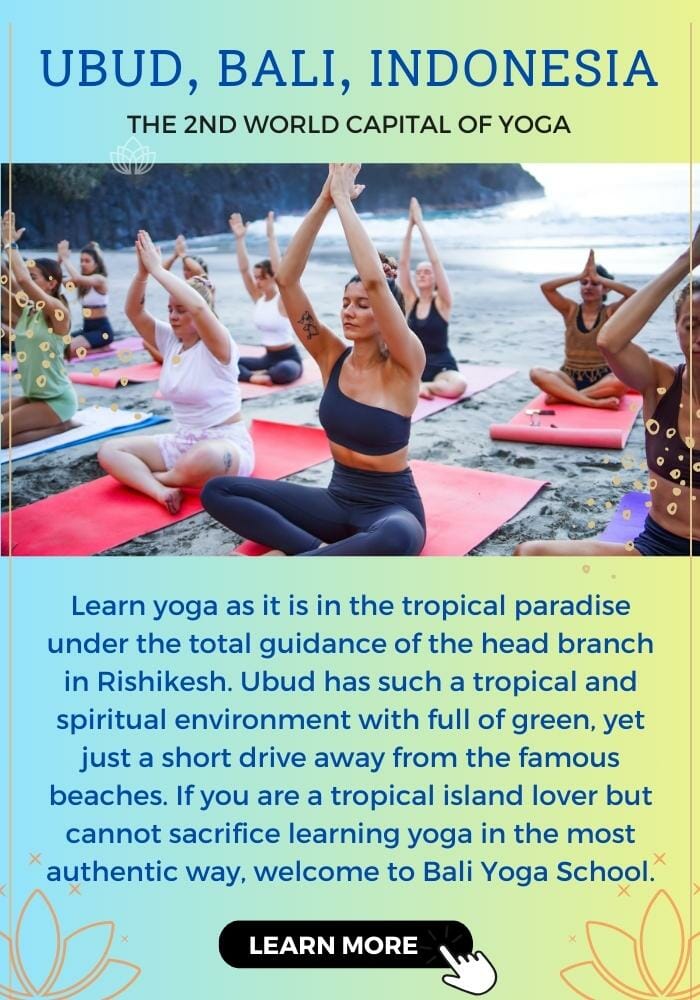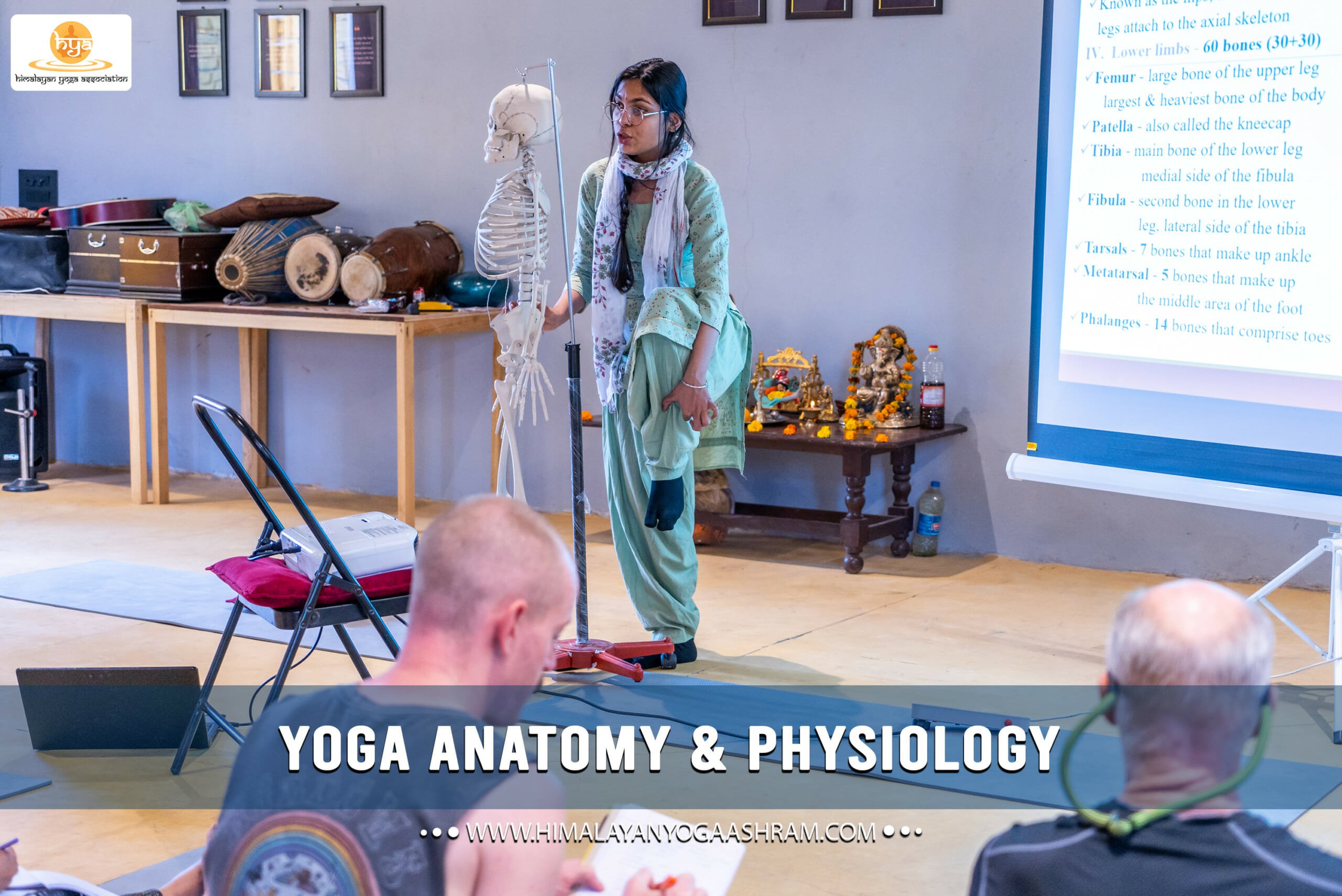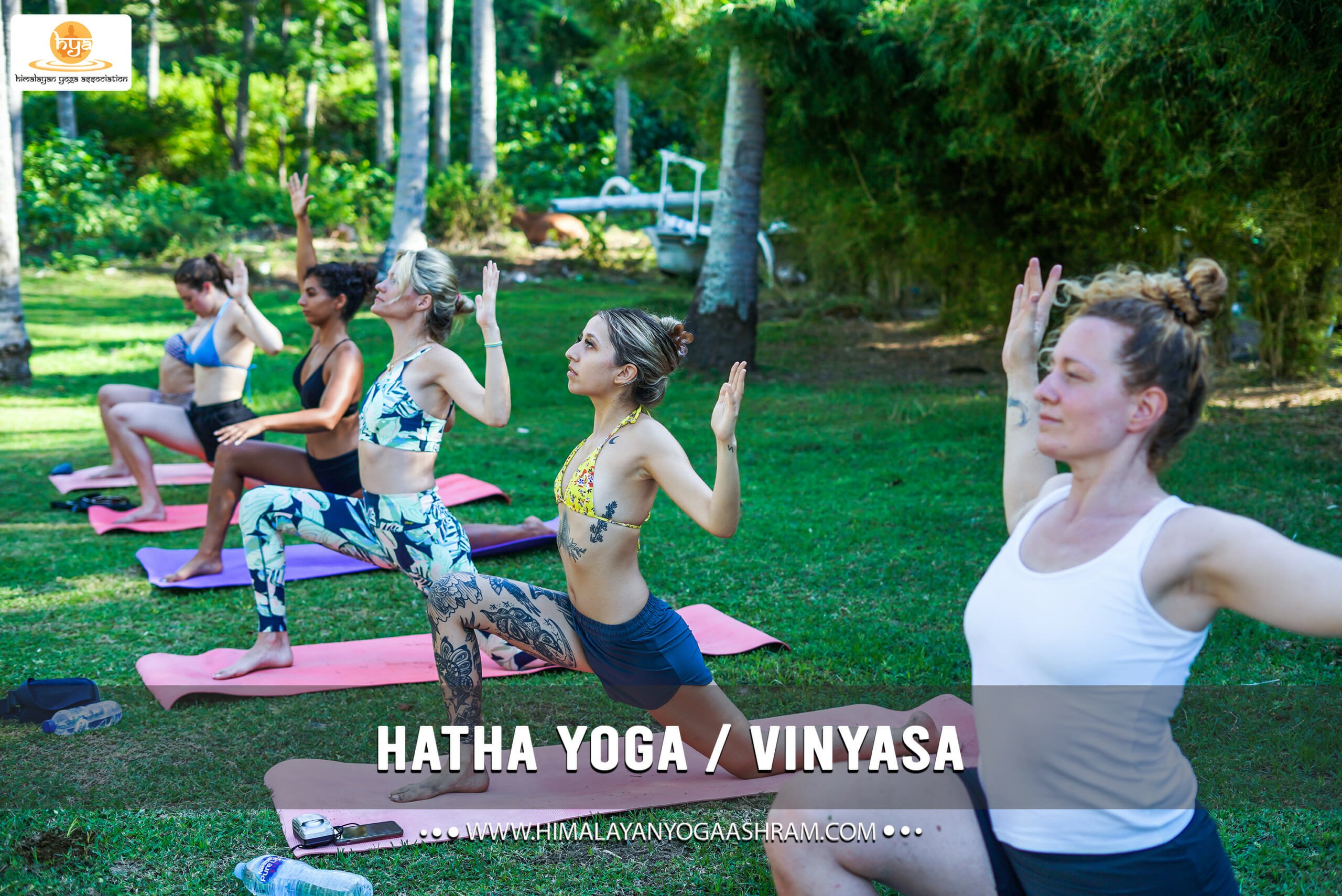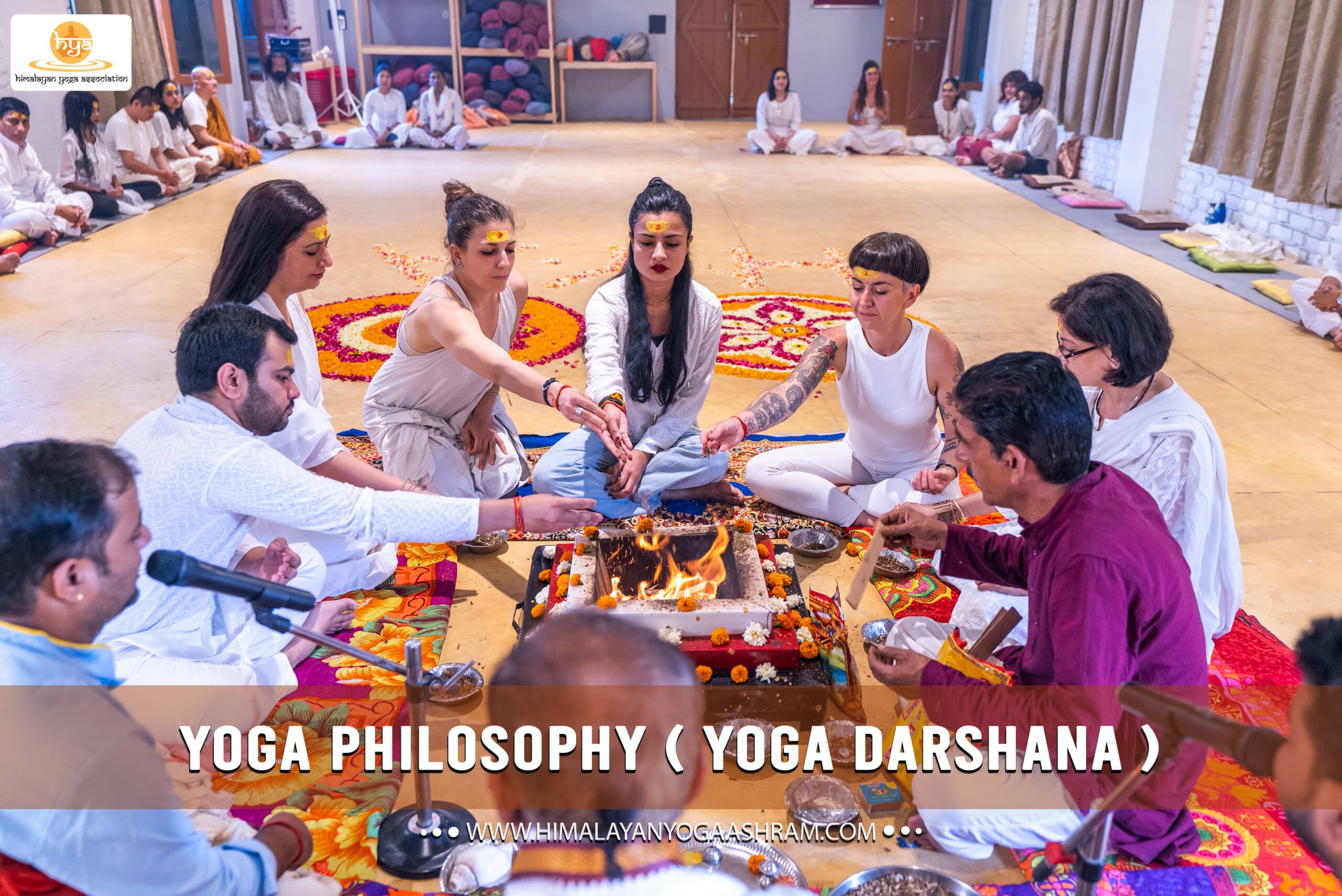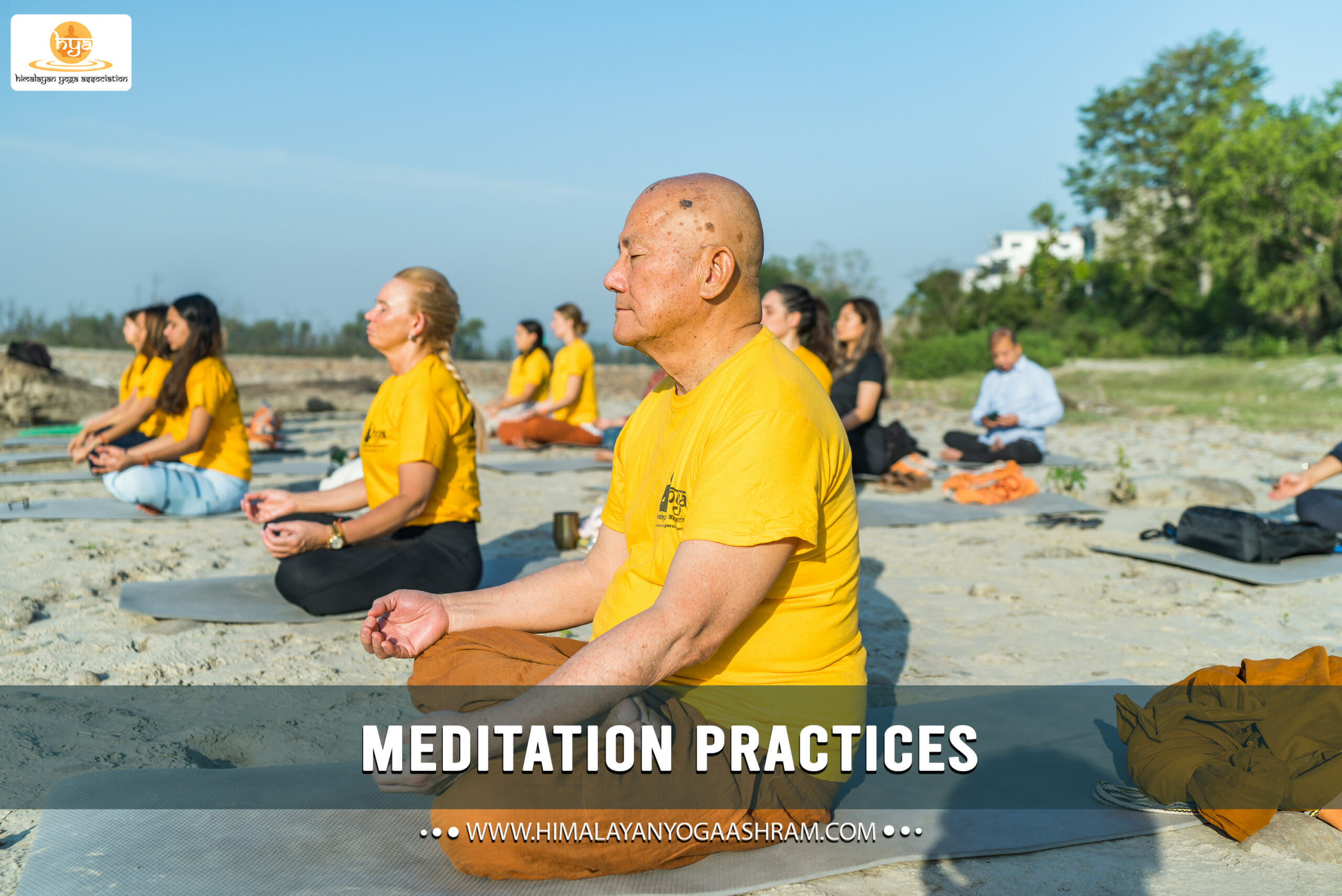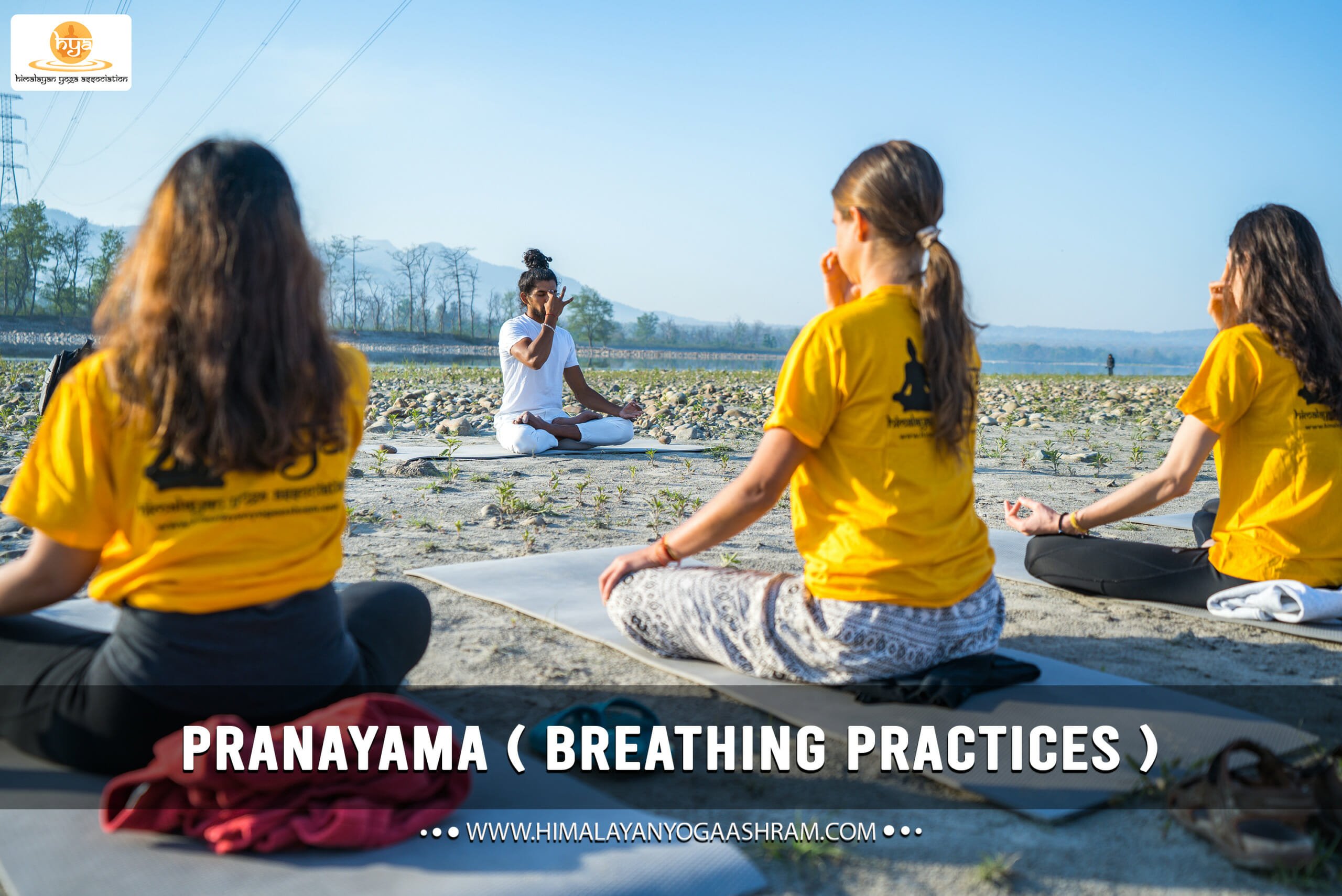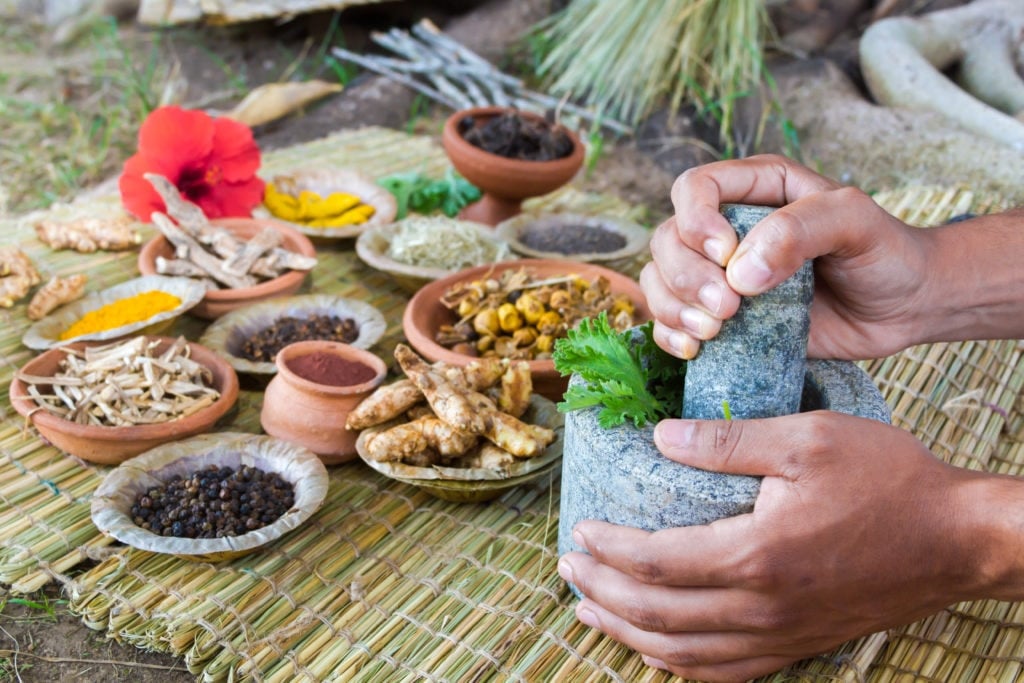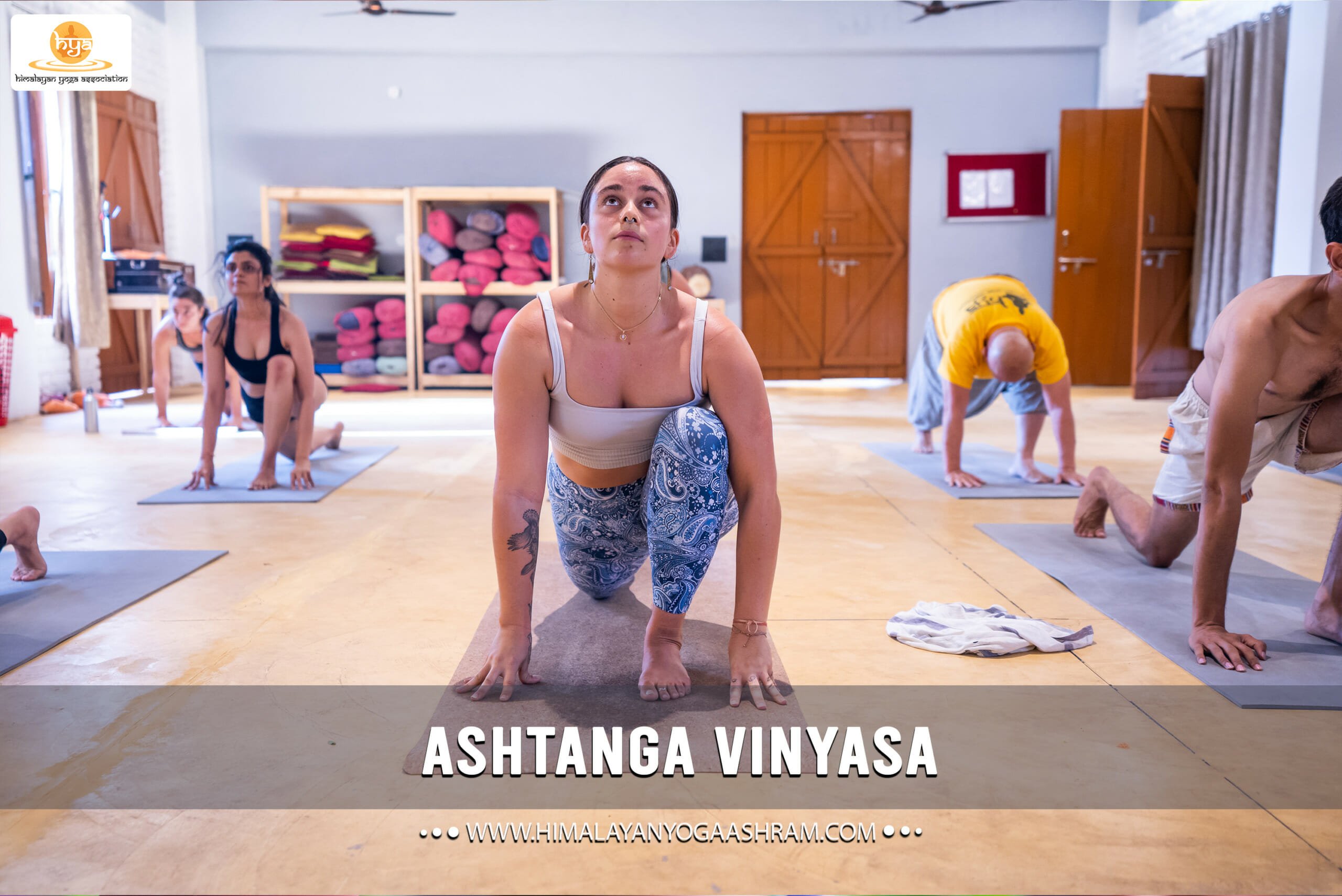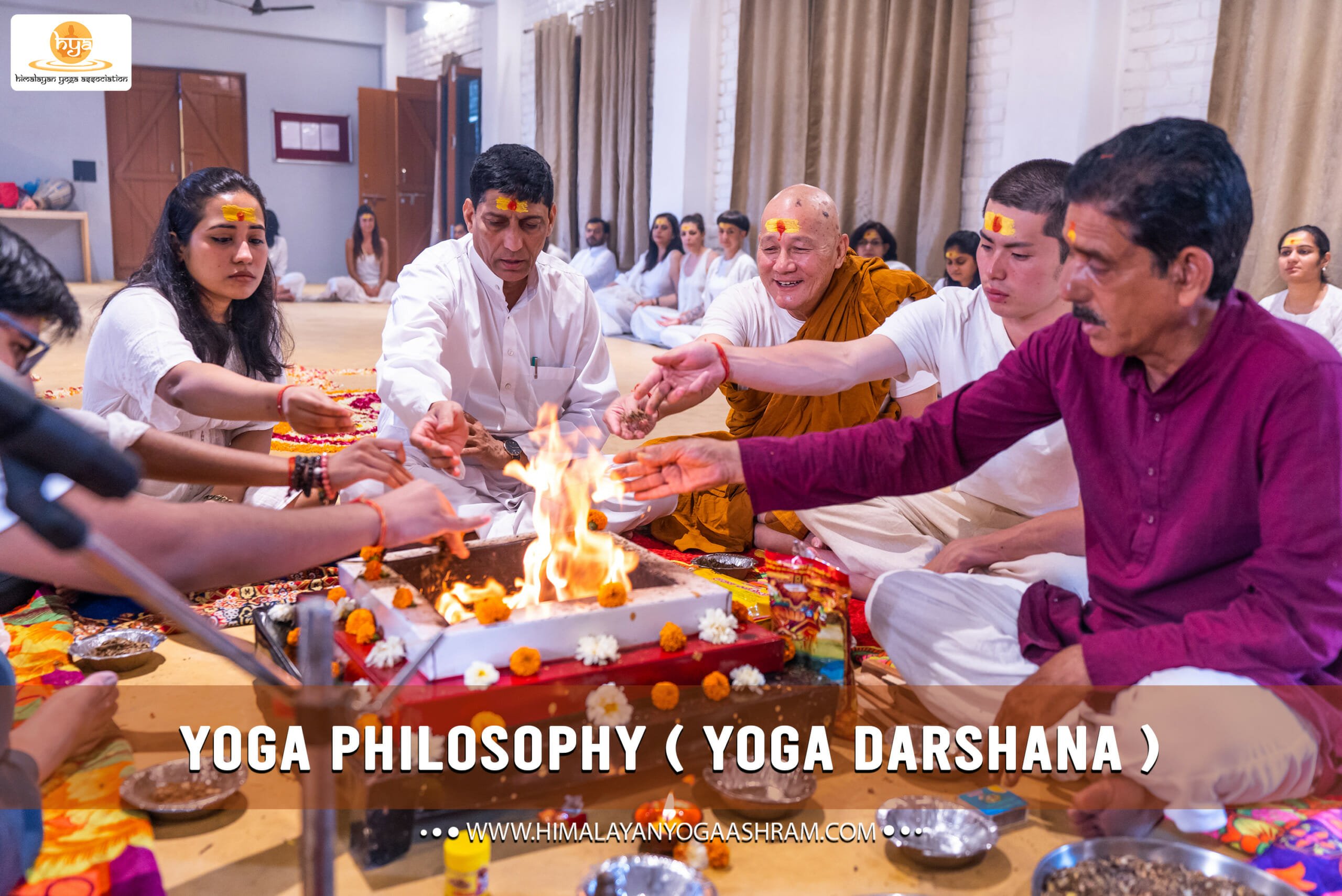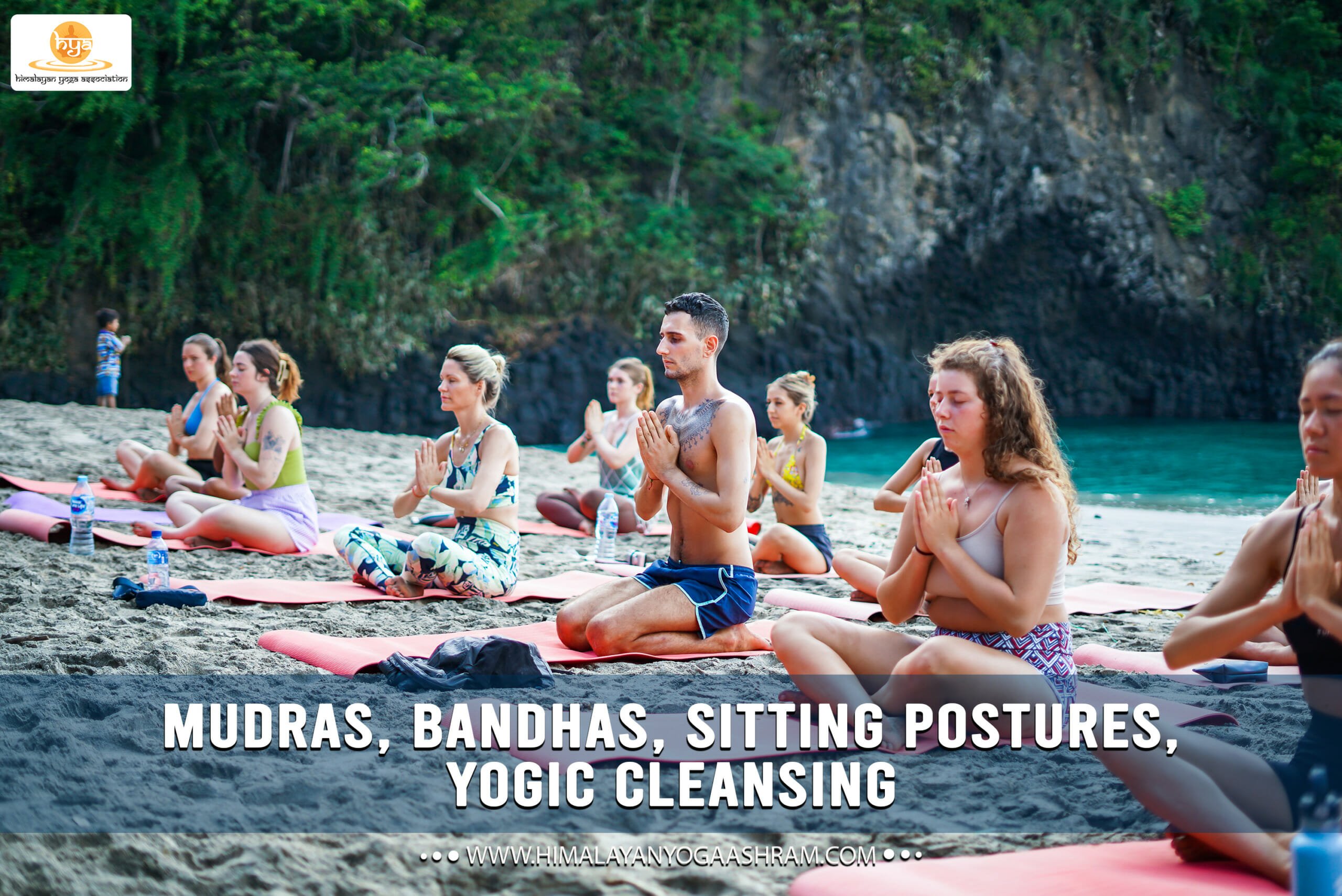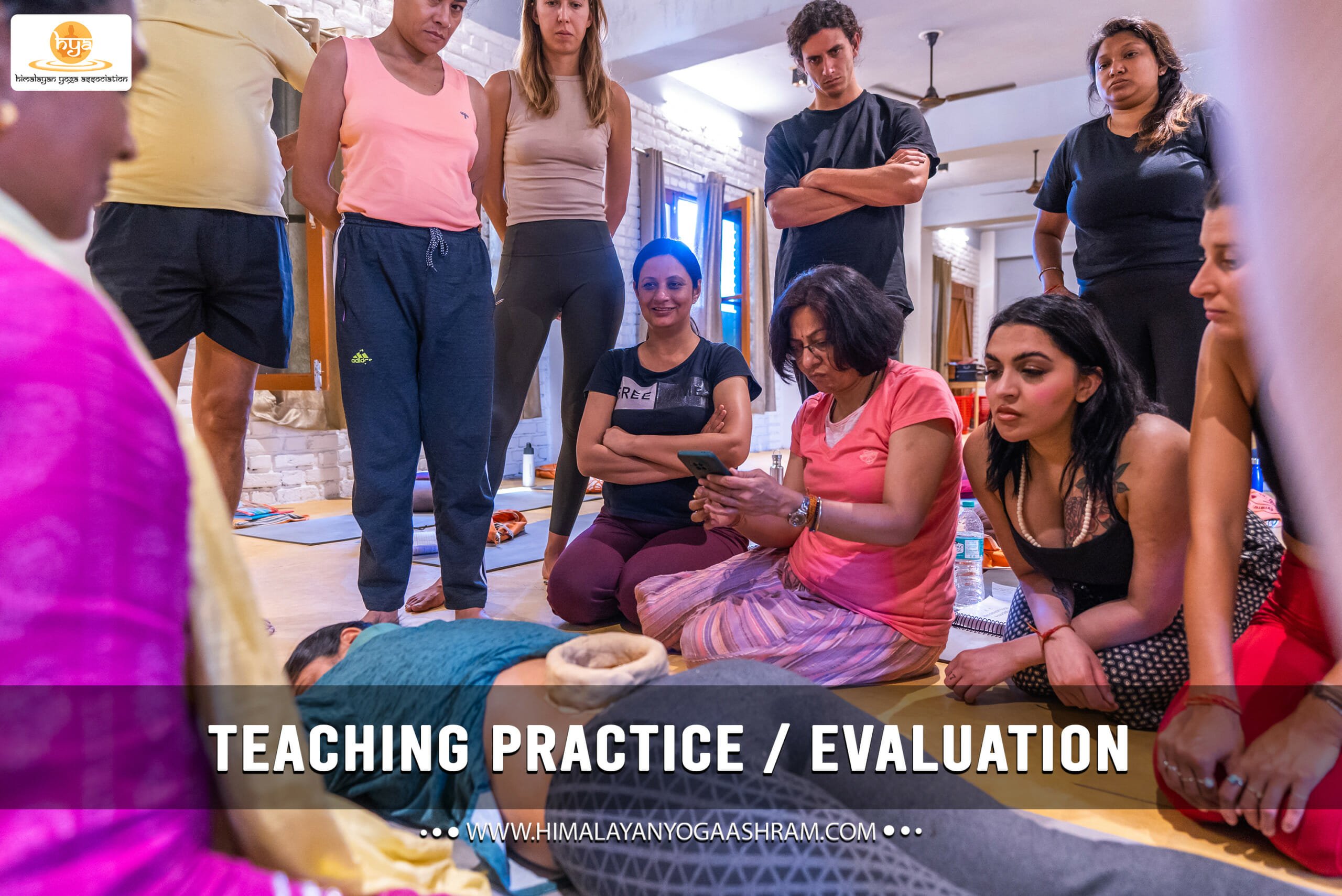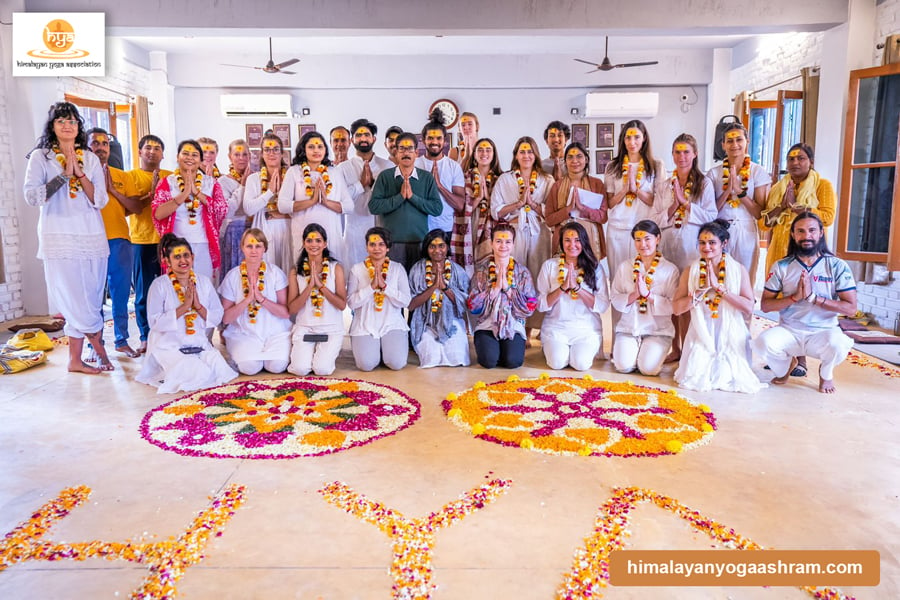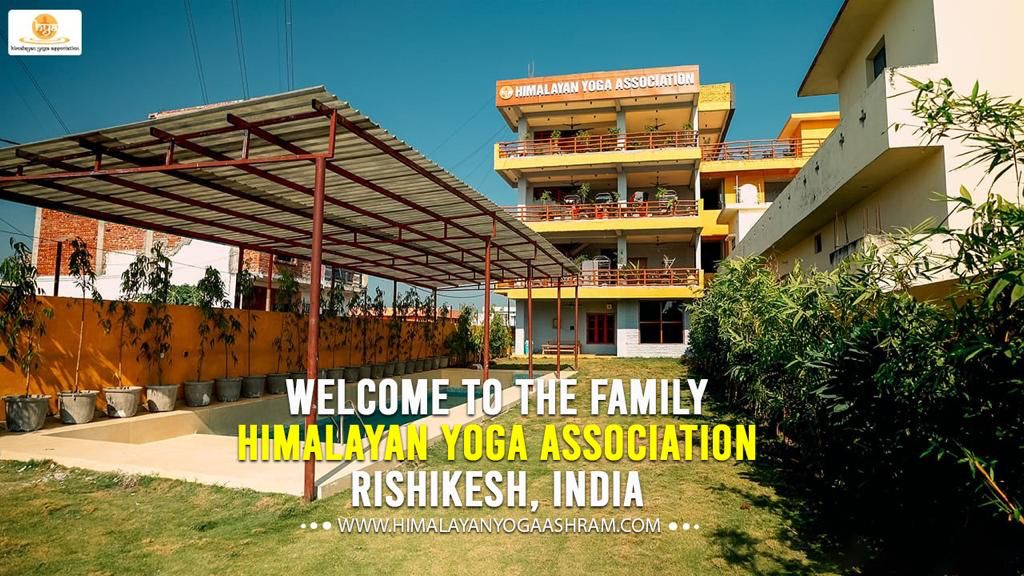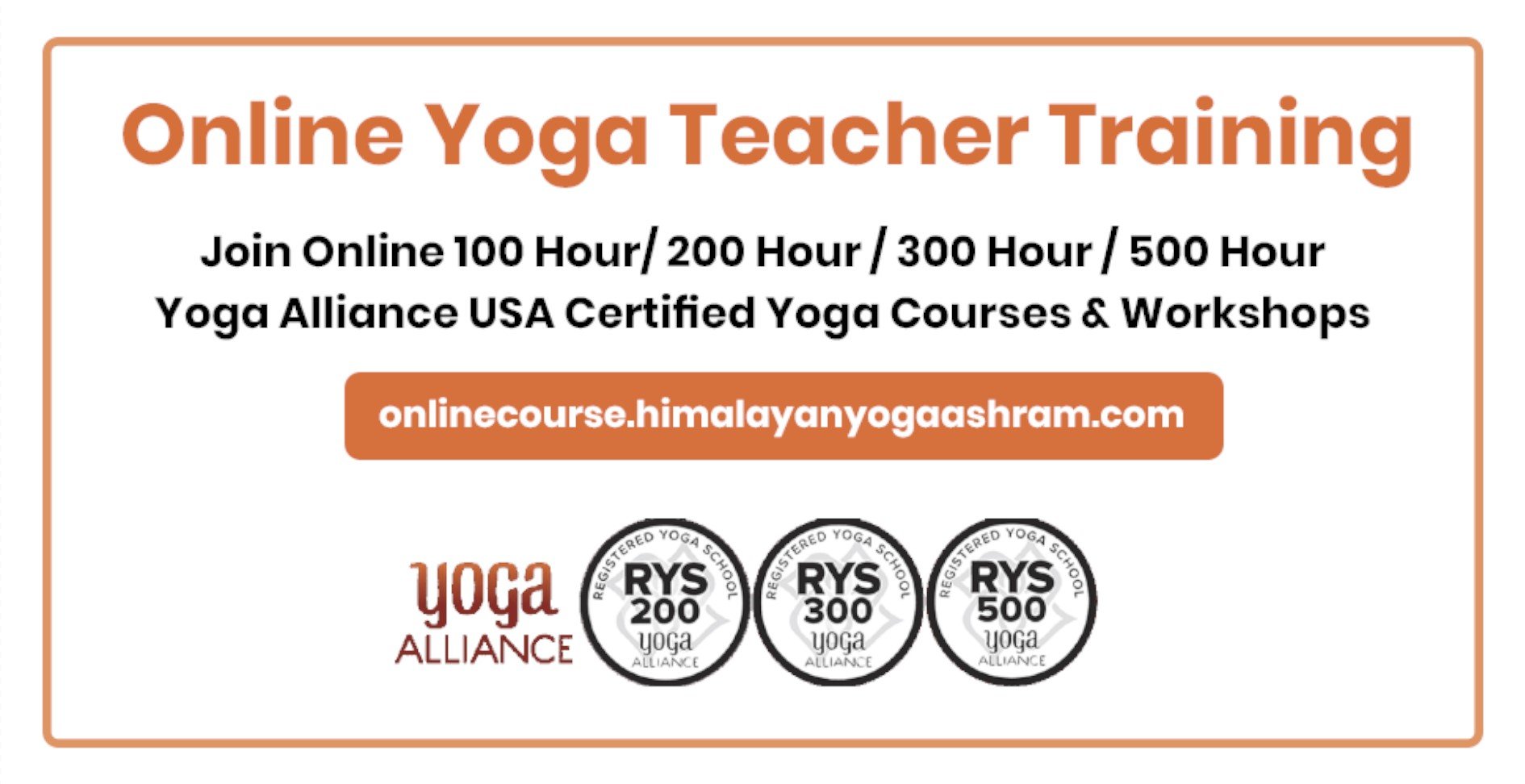Yoga’s exact origin remains a mystery. There is some evidence to indicate that early forms of Yoga may have existed as far back as 2500- 1500 BCE, in the Indus valley region of India. Sculptures of figures seated in what look like lotus postures have been found from this era, but because the script accompanying the figures is unknown, it is not possible to determine with any certainty if the sculptures are representations of a yoga posture, or simply one way of sitting on the floor. What is clear is that since earliest times there has existed an understanding that human consciousness is vast, can be explored, and from that exploration insights unfold as revealed wisdom about the human condition, the universe and our place in it.
In the early centuries of the first millennium BCE, two streams of culture existed in India: Vedic and Non-Vedic. The Vedas contained sacred texts of revealed wisdom, or Sruti, meaning “what is heard from a higher source”. The four Vedas comprise the oldest scriptural texts of the Hindu faith. The non-Vedic Indian culture included Jainism and Buddhism, neither of which accepted the authority of the Vedas, and consequently evolved into separate faiths.
It is important to remember that, with in the Indian culture, wisdom was passed down orally from Guru to student: the Guru weaving threads of his own wisdom into something meaningful and appropriate for that student. Given this method of transmission of knowledge, different schools of philosophy intertwined and influenced each other in a way much less rigid than we may imagine.
It is unclear whether yoga evolved from Vedic or non-Vedic culture. Scholars have noted that during this period Sramanas were involved in austerities – activities practiced by individuals who were renunciates and ascetics from the non-Vedic culture.
The first millennium BCE onward was a period of dramatic social and cultural change in India. Around the seventh century BCE, large urban centres began taking shape in northern India. Urban centers grew where there was an abundance of food and means to store it. Not entirely dependent on agriculture, other goods began to be produced, commerce evolved along trade routes and ideas as well as goods were exchanged.
During this period of rapid change, philosophy was also evolving. Possibly as a result of epidemics spreading from isolated villages to major urban centres, that resulted in widespread death, philosophies began questioning the very meanining of life and the nature of existence. Around the seventh centuary BCE the oldest Upanishads were written, and were known as “Vedanta,” – the end, or culmination of the Vedas. Upanishad ; literally means “to sit near”; this gives a clue as to how this wisdom was transmitted, from teacher to student in close proximity.
Two important beliefs that influenced the development of yoga arose during this period of change and reflection, notably Samsara (the eternal cycle of birth, disease, old age, and death) and Karma (the belief that all actions bear fruit). It follows that if every action bears fruit, and if you cannot experience the fruits of all your actions in one lifetime, then you are reborn. Thus evolved the concept of existence as a cycle of birth, death and rebirth.
Around the fifth century BCE, the pre-classical period, three main streams of the yoga tradition had developed: the Upanishadic traditions, Buddhism and Jainism. The Bhagavad Gita was written shortly after the fifth century and was probably completed before the end of the millennium. Within this scared Indian text, there is nothing short of revolution in Yogic philosophy. There is a broadening of the practice of yoga. Different forms of practice are described: Karma Yoga, or the yoga of action; Bhakti Yoga, or the yoga of devotion; and Jnana Yoga, or the yoga of study and wisdom. In this way, yoga practice and the highest states of consciousness are made available to everyone and renouncing the world and moving into a cave is not necessary. It is also implied within the text that women are not excluded from this practice, a first in the yoga tradition.
In the beginning of the first centuries of the Common Era, a synthesis of Indian philosophies was born. This is a classical Yoga, or the Yoga of Patanjali. The Yoga Sutras authored by Patanjali are an organization of Yogic philosophy into short aphorisms, or verses. Patanjali is often equated with the Ashtanga Yoga system, or the Eight limbs of Yoga, but what Patanjali is primarily interested in is neither a sequential approach to enlightenment nor a system of limbs of ascending subtlety. Patanjali is interested in one thing: Samadhi. Samadhi is the highest meditative state in which a person transcends their individual ego and merges with the universal. In the Yoga Sutras, he gives the definition of yoga in the second sutra, “Yoga citta vrrti nirodhah” or : yoga is the stilling of the fluctuations of consciousness.” He then goes on to describe various ways to achieve this state. In Patanjali’s view, there are only two things to consider: the Self, or the inner witnessing consciousness called Purusa, and everything else that is perceived by that witness. Everything else – thoughts, emotions, even memory – resides outside this witnessing consciousness. This is called Prakriti, or nature.
Patanjali tells us that at some point, in some way, we forget our essential nature. We became identified with the physical world, which is called “Prakriti”. We develop ways of thinking, attachments to our ideas, we see we are male or female, large or small, and somehow these things become our identity. The inability to see the difference between our essential nature (Purusa) and everything else (Prakriti) is called Avidya or ignorance. How do we overcome this fundamental ignorance? Patanjali says the only way to see the difference between our witnessing consciousness and everything that consciousness perceives is to create stillness. Like a calm lake with no waves or ripples- in that stillness we can again see our essential nature, undisguised by the movements of the mind.
From the time of the Yoga Sutras, there was a period of great interaction and creativity in Yogic philosophy. Around the sixth century, Tantric Yoga was born. In the eighth century a called Sankara formulated a non-dual (Advaita) school of Vedantic philosophy. Sankara looked back at the large and disparate collection of the Upanishadas and organized them in a way that made sense. Sankara’s world view however, was still far from rosy. His belief was that, although there is only reality, because of our own ignorance (Maya), we superimpose limitation and separation onto what we see, and like a man in the dark seeing a coiled rope and thinking it to be a snake, we are deluded by our inability to see clearly. The only way to see clearly in the darkness is to bring light, so in Sankara’s view a thing can only be cured by its opposite; darkness by light, ignorance by knowledge and not by anything else. The world of form and multiplicity is still not valued in and of itself in this philosophy; it is seen as an illusion.
The practice of Tantra Yoga evolved over a period of centuries, and found a later articulation in the school of Kashmir Saivism around the eighth century CE. Tantra Yoga, evolving when it did, had the benefit of centuries of development and therefore was able to look back and weave the previous knowledge into a more sophisticated tapestry. Kashmir Saivism agress with the non-dual philosophy of Sankara’s Vedanta but asks the question, “if there is only one reality, what then is this thing called ignorance? Vedantic philosophy cannot answer this question because ignorance, to Sankara, is not a thing in itself, but simply the absence of cause ignorance, to Sankara, is not a thing in itself, but simply the absence of knowledge.
Kashmir Saivism’s answer is that if there is only one reality, it has to follow that anything happening to that reality has to be an operation of that reality itself. So the reason we see diversity of form even though there is only one ultimate reality is that this is what that reality has created-not an illusion, but a physical world vibrating into being. We are seen as a condensation of source, containing the full power of this source. The practice of yoga is then ultimately one of remembrance of this potential. We do not have to run from the world. The world is where our yoga takes place.
Kasmir Saivism philosophy dictates the need for the grace of a guru to bestow the spiritual jump-start called “Shaktipat”. Without this transmission of energy, the student cannot attain enlightenment. This somewhat problematic dilemma is addressed by yet another school of Tantra called “Shri Vidya” or auspicious wisdom. The most recent form of this approach is currently being taught by Dr. Douglas Brooks (2010). Douglas learned a form of yoga called “Rajanaka” from his teacher Gopala Aiyer Sundaramoorthy. Rajanaka can be translated as “Little Prince” or “one who is sovereign unto themselves.” In this horizontal model of yoga, there is no singular attainment of an enlighmened state but a continual expansion of understanding and appreciation. As yogis-ones who have decided to engage with the gifts and opportunities life presents-our sensitivity and intimacy with ourselves and others increases through the sharing of experiences, unique gifts and insights.

